An adaptation is a physical or behavioural characteristic allowing an animal or a plant species to survive in its environment.
When the environment requires a species to transform its appearance or organs for survival, it is referred to as a physical adaptation.
Beak Shape
One of the most remarkable physical adaptations in animals is the shape of the beak in birds. Indeed, one can easily deduce the diet of a bird simply by looking at its beak.
-
The omnivorous bird will have a powerful beak of medium length and size, thus allowing it to eat everything: seeds, insects, fruits, etc.
-
The insectivorous bird's beak is rather wide and pointed, which allows the bird to feed on insects in flight. Other insectivores, such as the woodpecker, can burrow into the bark of trees to grab insects.
-
Nectarivorous birds, such as the hummingbird, have very thin beaks that allow them to drink nectar from flowers.
-
The long beak of the flamingo, which is a filter-feeding carnivore, enables it to filter surface water in search of food (small fish, worms, larvae, etc.).
-
The seed-eater bird, on the other hand, has a short, wide, and very powerful beak, which allows it to exert strong pressure to break up seeds.
-
The various carnivorous birds of prey all have a short, hooked, and powerful beak that allows them to rip and tear the flesh of their prey to feed on.
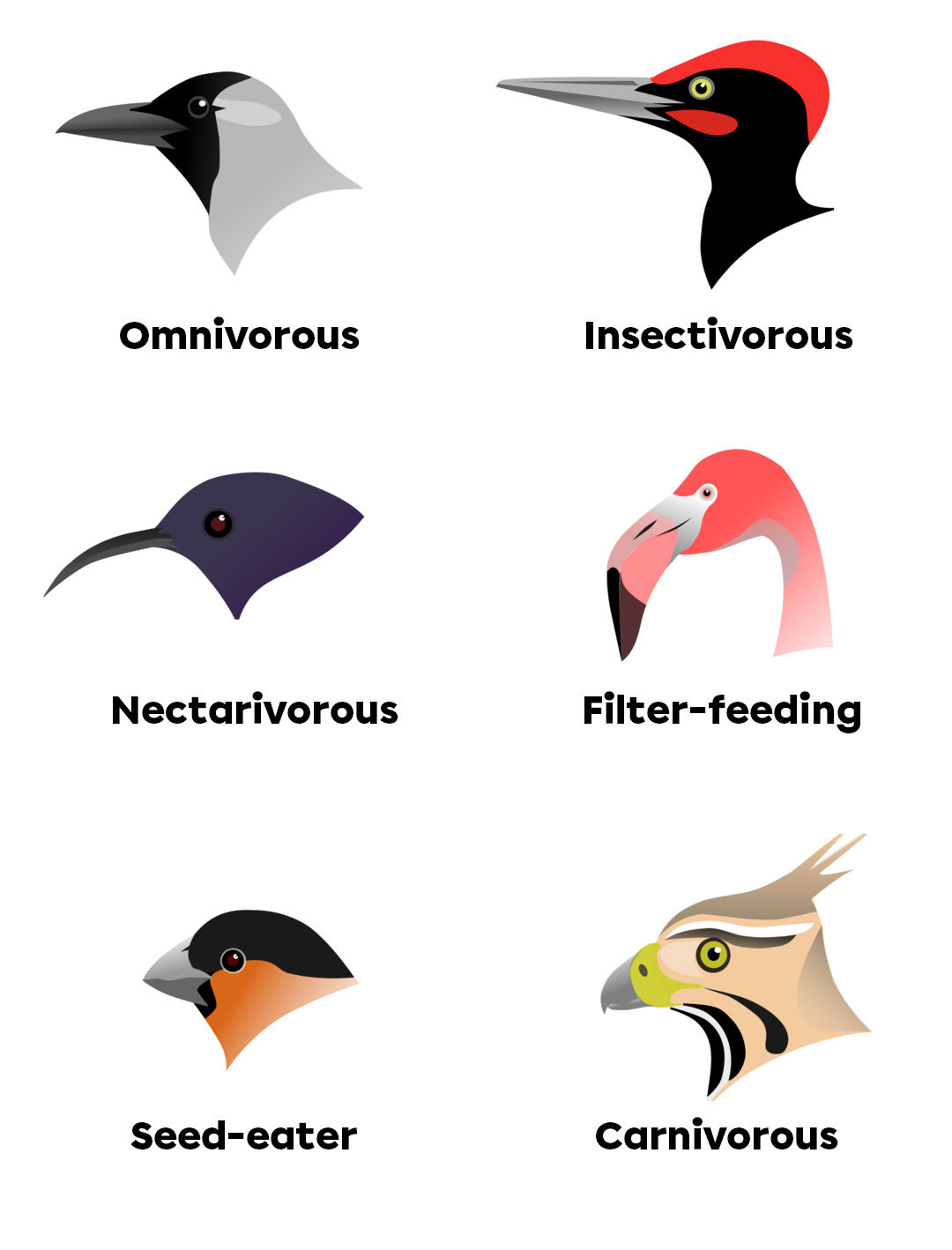
Shape of the Legs
The legs of animals allow them to dig, swim, climb, jump, or perform any other actions necessary to survive in their environment.
Animals that move by leaping usually have more developed rear limbs (hind legs) than the front limbs (forelegs), as is the case with the kangaroo. Following a long evolutionary process, the hind legs have been modified to enable the animal to make very powerful leaps.
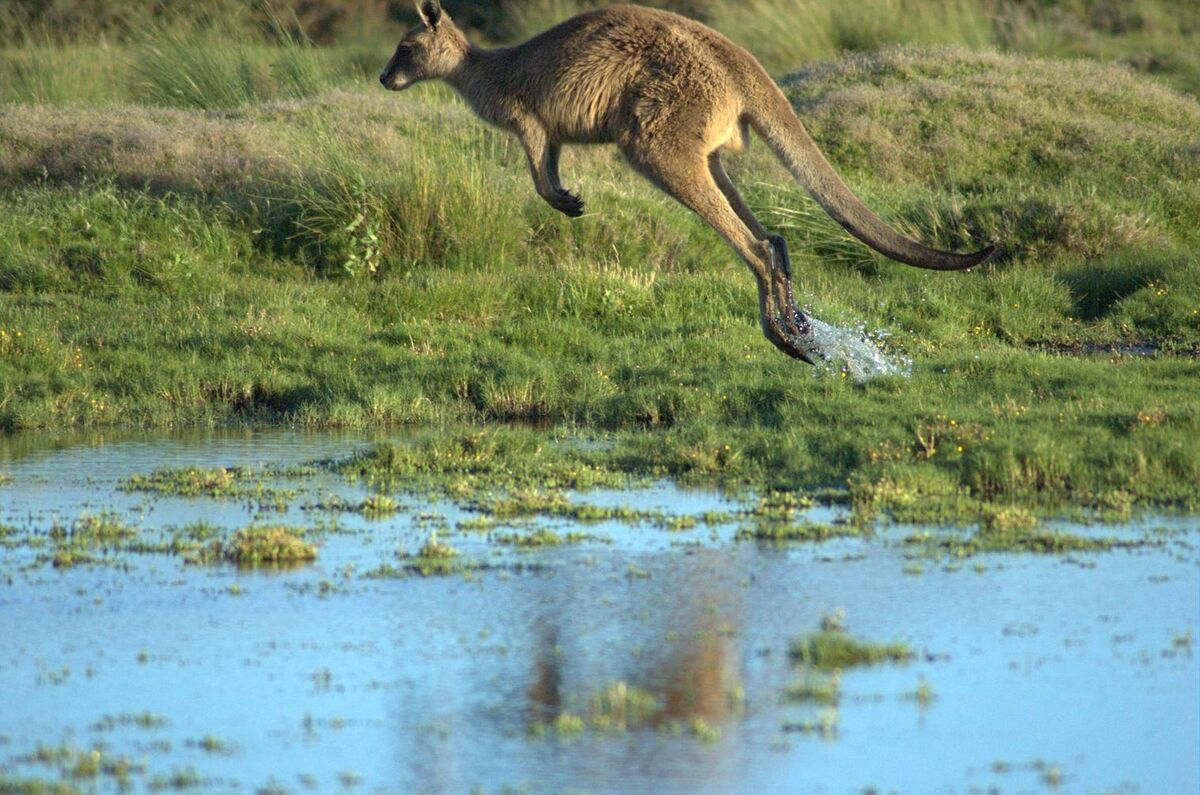
Other animals will instead dig, whether to find their food, to make temporary shelter, or to dig tunnels where they will live. This is the case, among others, with moles. These so-called burrowing animals have their modified front limbs that enable them to deploy the force necessary to dig underground galleries or burrows.
Dentition in Mammals
Much like the shape of the beak in birds, the teeth of mammals are also adapted to their diet.
-
Carnivores have highly developed canines to tear the flesh of their prey, and their molars are rather sharp.
-
Ruminants usually have incisors only in the lower jaw. They do not have canines and their molars are flattened to crush the grass thoroughly before swallowing it.
-
Rodents have continuously growing (always growing) incisors and they are very sharp, which allows them to cut tree branches. With their powerful molars, they can crush the bark. Like ruminants, they do not have canines.
Camouflage and Mimicry
Camouflage is the ability of an animal to blend in with its surroundings. It is similar to an animal using a disguise that allows it to hide from predators. Camouflage can also be used by a predator who wants to approach its prey without being spotted.
The chameleon is one of the best known examples of camouflage. Its body is covered with tiny pigment cells, called chromatophores, thus allowing the chameleon to blend in better with its surroundings.
There are also several species of insects whose appearance resembles twigs or leaves.
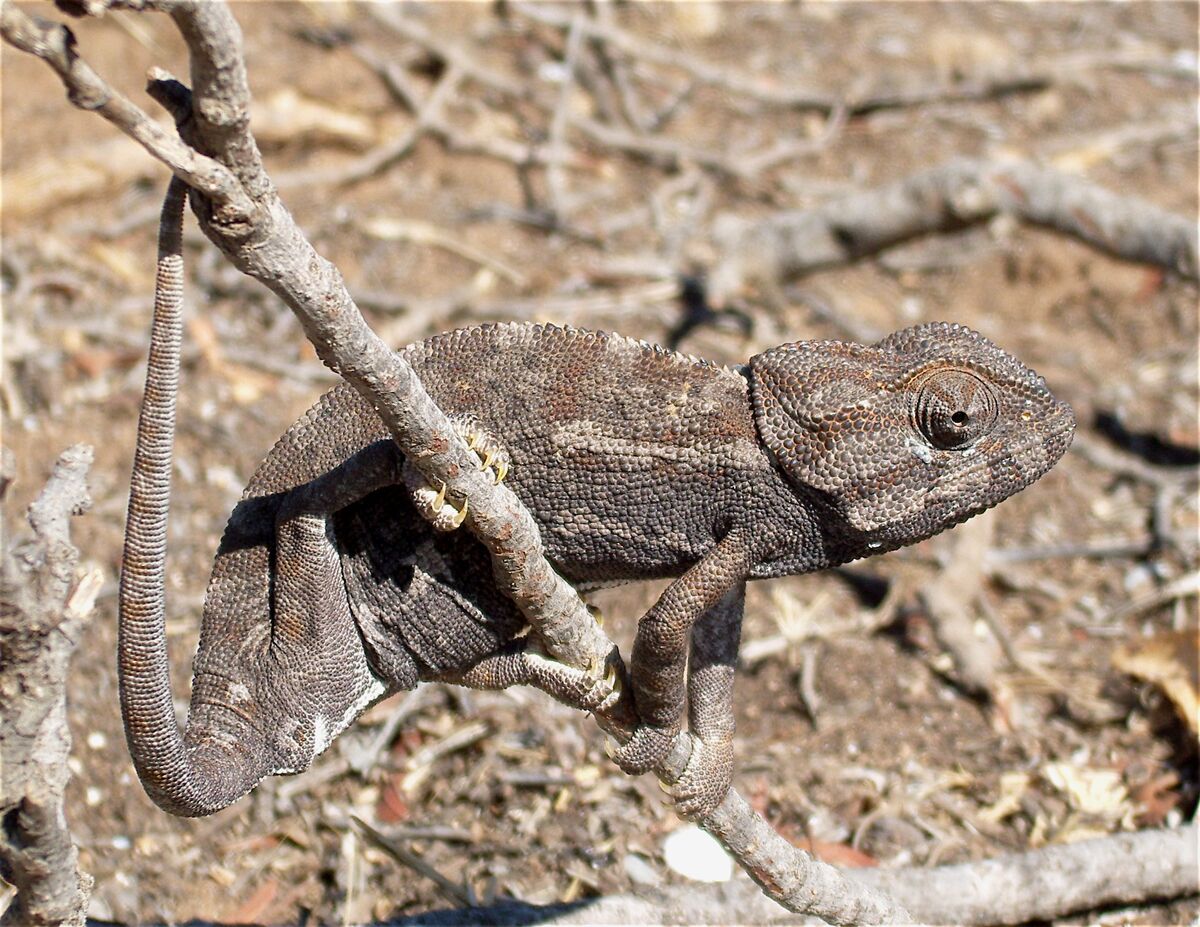

Mimicry is the ability to imitate a feature of the environment or another animal species. Very often, the imitated species are inedible or dangerous for the predator.
The monarch (left) is a butterfly which, because of its diet as a caterpillar, is toxic to predators who would dare to eat it. However, the Viceroy (right), is completely harmless, and mimics the appearance of the monarch in order to protect itselff from predators.
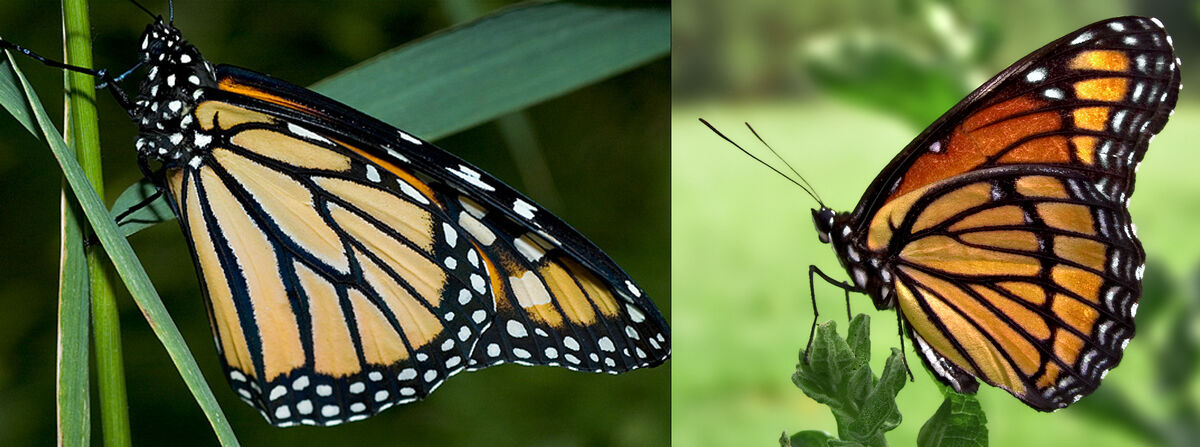
Mimicry
Mimicry in plants is mainly used to attract pollinating animals. For example, the Orchid family’s flowers resemble the female individual of an insect species and therefore the male individual will be attracted to the flower. Some flowers will also release an odor similar to that of the opposite sex of certain insect species.
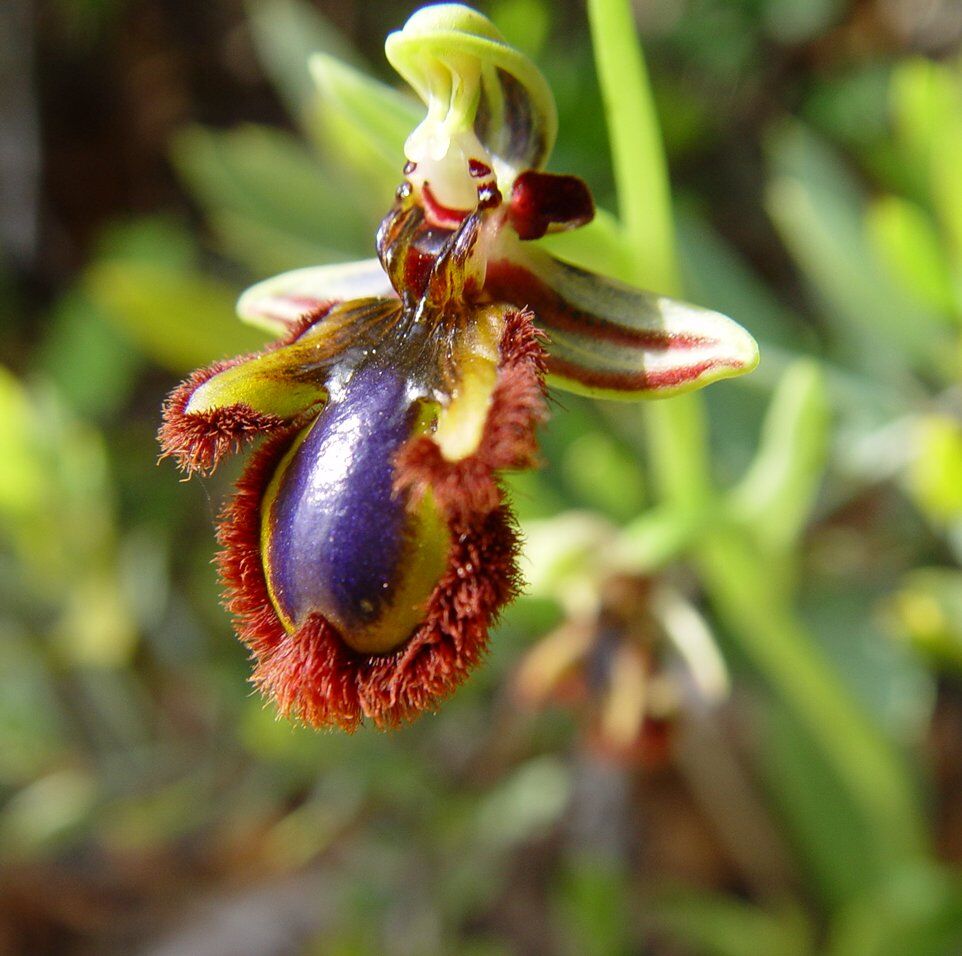
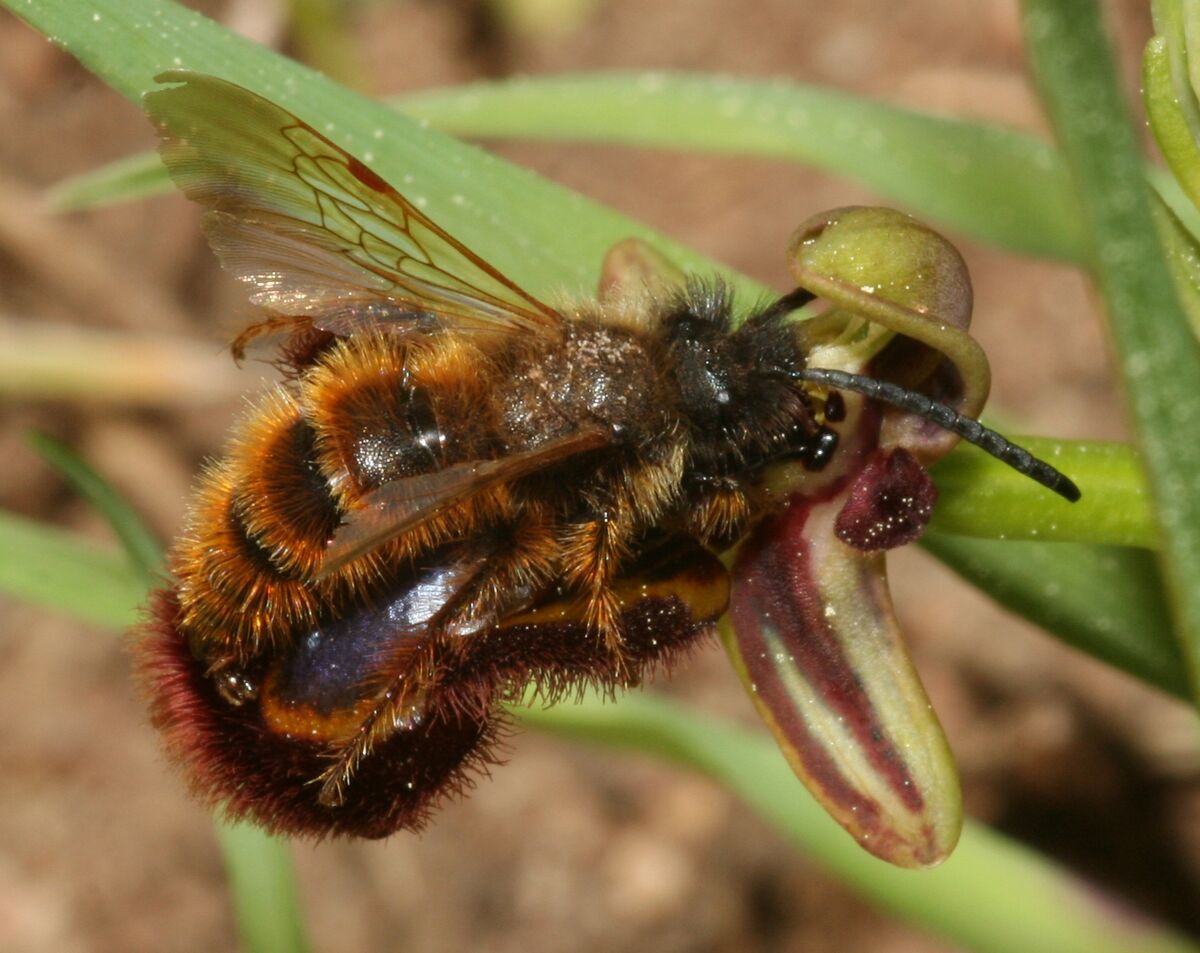
Leaf Shape
In Quebec, it is easy to see a few different shapes of leaves in trees. Deciduous trees have leaves while conifers have needles. This is not due to chance. Indeed, trees have adapted to their environment and have adopted strategies to survive Quebec’s harsh winters, as an example. Deciduous trees will lose their leaves to save as much energy as possible for the winter. The needles of conifers consume less energy and therefore conifers can keep them throughout the winter.
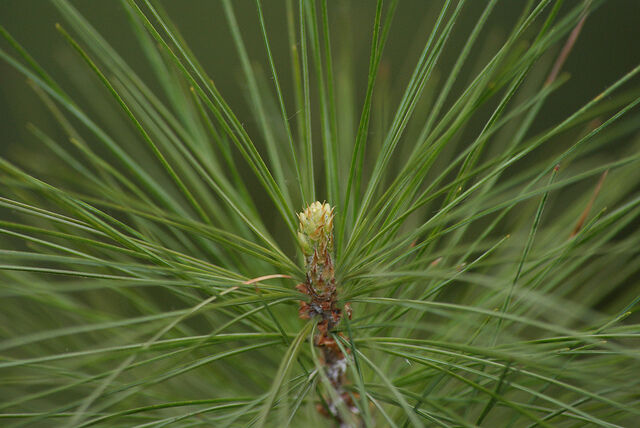
Hunting tactics
With wolves, members of the group, called a pack, will hunt in groups. In this way they increase the success rate of their hunt and they can also tackle prey much larger than themselves. Similar hunting tactics are used by several other animals such as hyenas and lions.
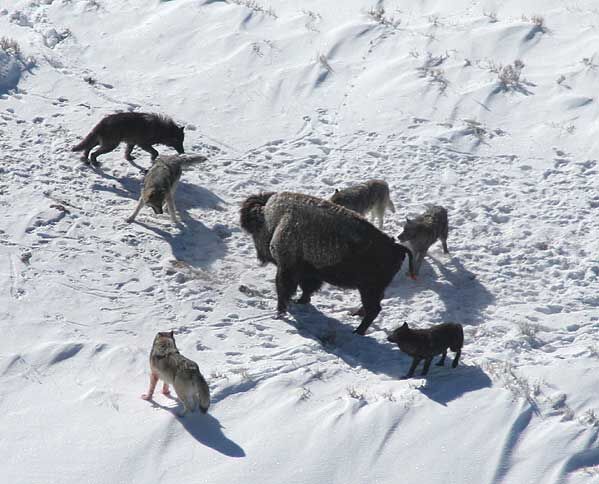
Thermal Regulation
Thermal regulation of the body can be problematic for cold-blooded animals like snakes and lizards. As a result, they will adopt several behaviours to keep their bodies at an appropriate temperature. They may alternate from a sunny to a shady place, such as under a rock, in order to control their body temperature. Some species living in the desert will even burrow into the sand during the day to protect themselves from the scorching heat and come out at night to feed.
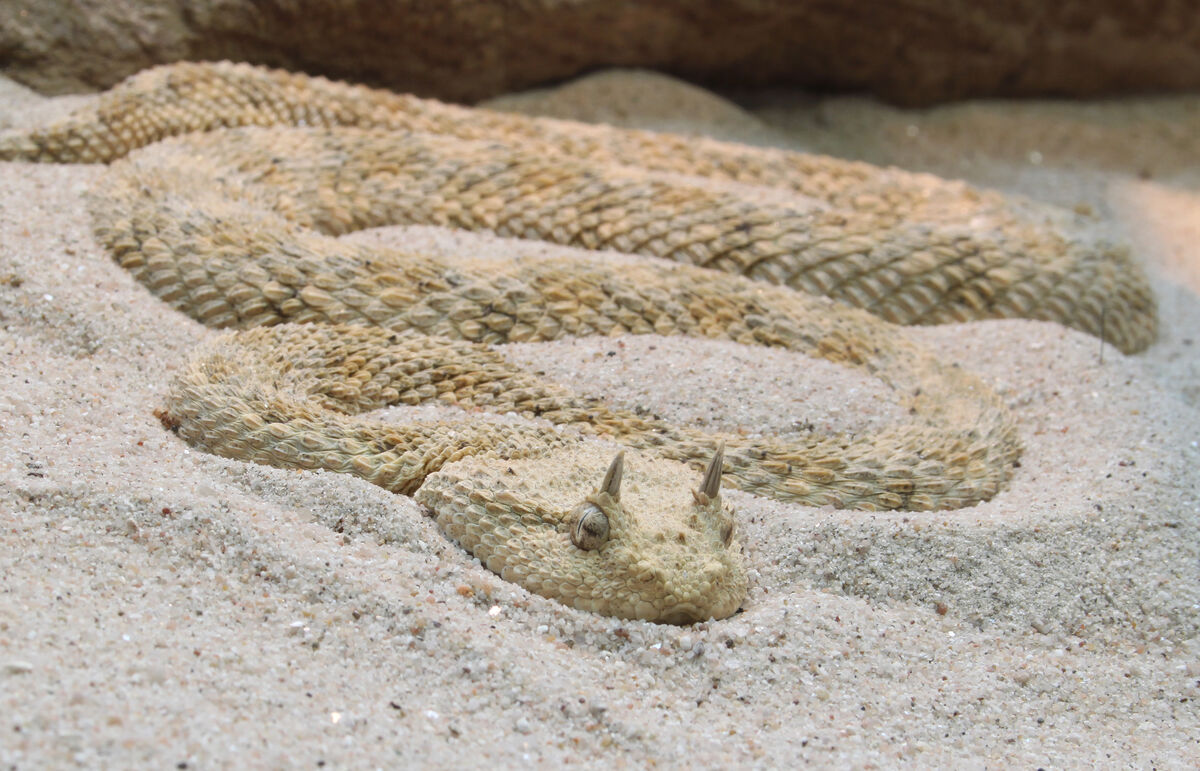
Horned viper living in the desert
Overwintering and Hibernation
Overwintering animals will adopt behaviours that will help them survive during the winter, such as squirrels and white-tailed deer. Hibernating animals will be in a state of numbness during which they will use their fat reserves to survive the winter. The frog and the groundhog are two examples of animals that hibernate during the winter. For more information, refer to the concept sheet on hibernation and overwintering.
Migration
Migratory birds sometimes travel thousands of kilometres to survive from one season to the next. They can therefore benefit from a climate adapted to their system, but also obtain food or reproduce. Migratory animals include species of birds, mammals, insects, and even fish.
The main examples of behavioural adaptation in plants are tropisms. These are the movements of a part of the plant (leaves, stems, or roots) towards a non-living element in the environment such as the sun or water.
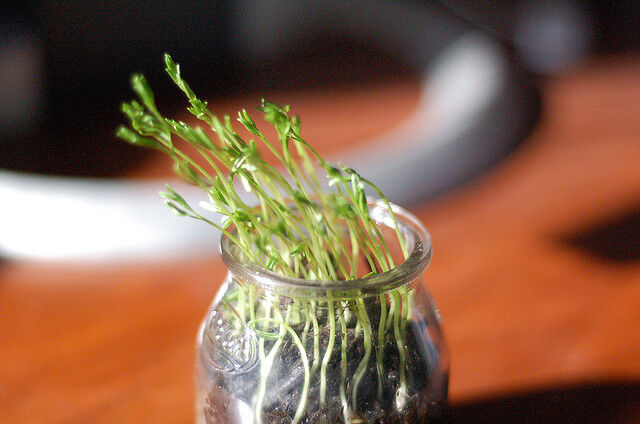
Example of phototropism






